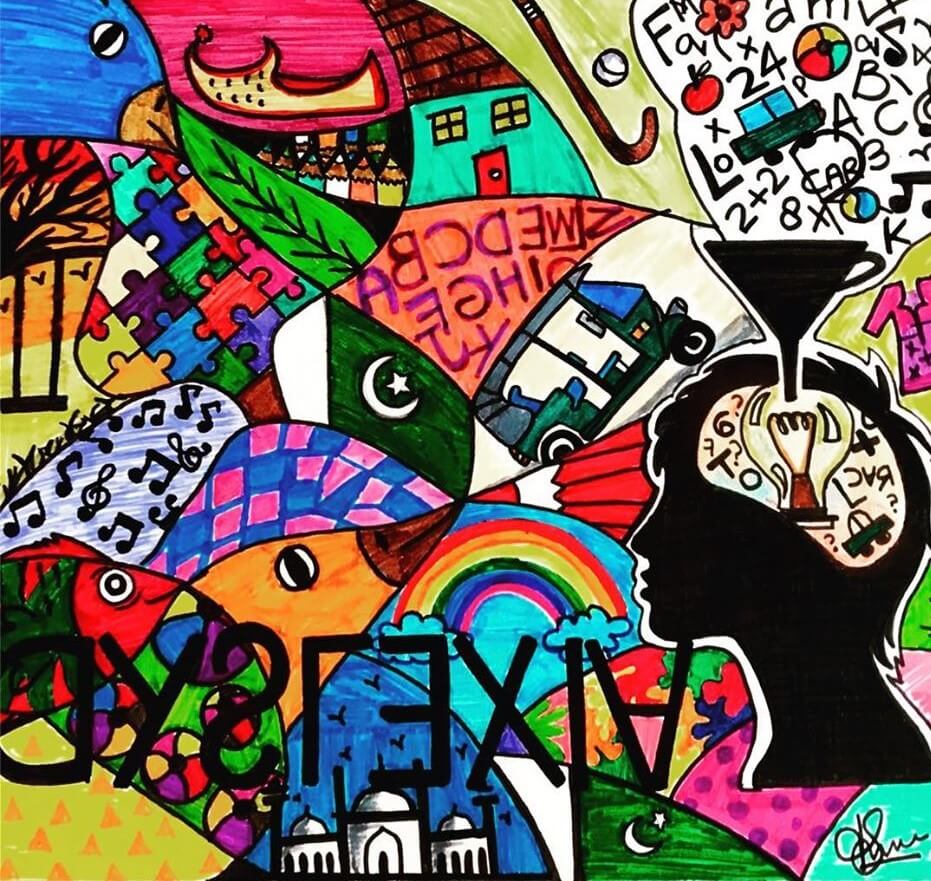Dyslexia is a specific learning disability, comprised of learning difficulties which includes fluent or accurate recognition of words, poor spelling, difficulties in decoding information. Here are a few myths about dyslexia that have been debunked and are important for you to know:
Myth # 1- Dyslexia is a rare learning disability
The prevalence rate of dyslexia globally is around 10 percent, which means that approximately 700 million children have the learning disability. In Pakistan, 15-20 percent of children (around 12 million children) have dyslexia and require a specialized learning program.
Myth # 2- Dyslexia goes away with time
Learning disabilities like dyslexia are lifelong. Although with early intervention, people with dyslexia improve in reading and writing, but the difficulties persists in adulthood.
Myth # 3- People with Dyslexia have a below average IQ
There is no correlation between dyslexia and IQ. People with dyslexia display a range of intelligence levels, just like those without dyslexia. Difficulties in reading or writing is not an indicator of intelligence levels, and can be managed with early intervention and assessment.
Myth # 4- Dyslexia is caused by problems in vision
Dyslexia is a neurological condition that is not caused by problems in vision or eye sight. Some individuals with dyslexia may have a problem in visual processing, i.e. how the brain perceives and processes the images it receives. However, this has nothing to do with one’s vision but it is more of a neurologically based processing challenge.
Myth # 5- Dyslexia is caused by a lack of exposure to reading
Exposure to reading at home is not an indicator of whether or not someone is likely to have this condition. This condition is caused by differences in brain functionality and it is not influenced by exposure to reading at home.
Myth # 6- Reversal of letters while reading and writing is the main indicator of dyslexia
It is common for all children in their early years to confuse similar looking works like b and d or p and q. Not all children with dyslexia reverse letters. However, if your child is encountering this difficulty persistently, it is advisable to go for an assessment.
Early assessment and evaluation can help you plan necessary interventions for your child, which would help them manage their reading and writing difficulties. A multi-sensory approach is an effective teaching method that would cater to the needs of different kind of learners, especially children with dyslexia.
Teachers often use technology-assisted learning as it involves multiple senses. WonderGames cater to the needs of children with learning disabilities like dyslexia, by engaging multiple senses like visual, auditory and kinesthetic. It helps learners to enhance their learning and memory while also keeping them engaged and motivated through exciting augmented reality games.
You can download WonderGames for your children today! Just log on to www.wondertree.co and sign up and start your wonderjourney today!








